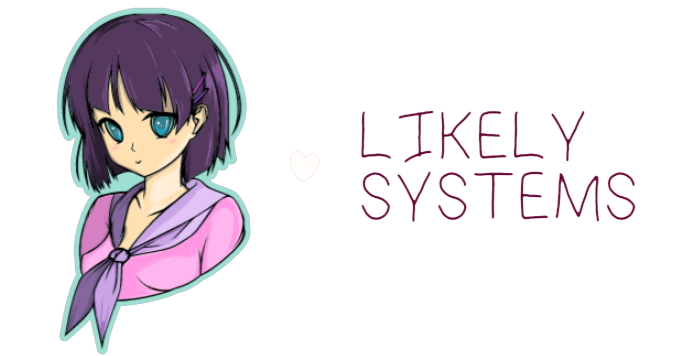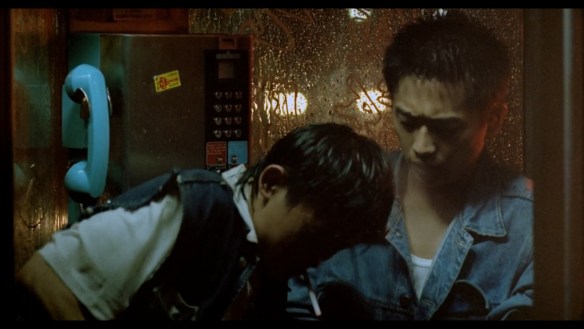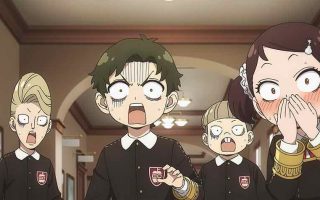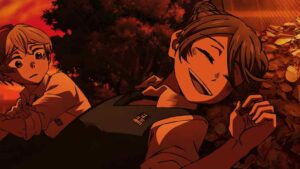Hello folks, and welcome back to Wrong Every Time. I was recently asked to write a piece on direction and atmosphere in anime, in line with my previous piece regarding the priorities of Laid-Back Camp and similar shows. I initially struggled with the concept, as that older piece is largely self-contained, and focused mainly on evangelizing for shows that don’t prioritize narrative action. A lot of my pieces at Crunchyroll were basically predicated on the question of “how do I get someone who’s only watched Naruto or Demon Slayer to enjoy Hyouka,” meaning they were content to end on the suggestion of branching out and letting their readers arrive at their own conclusions. But you folks are a very different audience; anyone who is interested in my thoughts on Wong Kar-wai probably doesn’t need to be convinced dramatic minimalism can be compelling, so I won’t waste your time with an entreaty on slow cinema’s behalf.
Instead, let’s get to the good stuff. How do direction and atmosphere actually intertwine?
Alright, first we gotta position that camera. Obviously animation involves conceiving layouts and drawing storyboards rather than positioning an actual camera, but the end effect is the same; either way, how you choose to frame your scene has a dramatic effect on how that scene is perceived. It is through the camera’s positioning that much of your characters’ relationship with their environment is established. Are they cozily tucked in, realized through close full body shots that present them as at peace with a secure environment? If we draw the camera in closer, we can create a sense of discomfort – partial body shots create a sense of being under examination, as well as a frequent sense of entrapment or claustrophobia.
Of course, profound closeness of camera framing can also create a sense of intimacy, and is often used for sequences of passionate romance – a fact that demonstrates how any one of these choices does not exist in the abstract, and can be colored or even reversed in its implication by narrative positioning or sound design. Pulling the camera away for a wide shot invites a similar contrast – does this wider context frame the character as lost within a massive, hostile world (Satoshi Kon loves these shots, which are frequently facilitated by his bustling alien scenery), or does it emphasize their continuity with and rightful existence within their environment (one of Laid-Back Camp’s specialties)?
Now let’s think about angles and perspective. As with positioning, the basic rules are simple, but they bely a massive variety of individual counterpoints based in the multifarious resonances of different aesthetic traditions, as well as the complexity of negotiation between authorial intent and audience experience. Regardless, the basic principle is that high-angle shots tend to convey a sense of superiority, safety, or control, offering the audience a wide, far-reaching perspective and emphasizing how the audience is not actually trapped within the scene. In contrast, low-angle shots naturally convey a sense of being overwhelmed or imprisoned, staring up at a much larger force with little hope of escape.
Even these basic rules are tempered by other considerations, with the most crucial being “what is the camera’s perspective?” Not its geometric perspective, but its narrative one – are we being asked to participate in a crowd scene, are we looking down on an evolving situation from a bird’s-eye view, is the protagonist addressing us directly? The answers to these questions imply a specific relationship between audience and drama that directly informs the tone and dramatic impact of any given scene. Whether you are making the audience feel complicit, like a bystander, or entirely divorced from the action, all these choices dictate not just the atmosphere, but even the emotional and thematic intentions of your story.
Now, how are we going to move that camera as the action continues? As a general rule, more cuts equals more frenetic pacing; the longer you hold on single moments, the more the audience feels like they themselves are luxuriating in those moments, with the opposite also being true (though of course, bravura long cuts have their own form of pacing and tension). This principle was ruthlessly exploited in the post-Bourne Identity era, when incredibly rapid cuts were frequently employed to create a sense of high energy and disorientation, a technique that unsurprisingly can make action sequences pretty tough to follow. In contrast, more recent action vehicles have emphasized both the technical complexity and breathless entrapment of the long cut; in the wake of such striking examples as Old Boy and The Raid, films like Extraction and One Shot have started to center themselves around the dramatic potential of the long-held cut.
These examples are self-aware outliers; for the most part, more cuts implies greater speed of action, but also divorce the audience from active participation, while held cuts can either create a sense of languor through stillness or active audience participation through movement. Slow cinema indulges in long cuts where the camera disappears; with no camera movement and no action to follow, the audience can feel all the more intimately engaged with the smaller shifts in the camera’s frame. At the far end, heavy camera movement plus no cuts tends to create a sense of personal involvement in a sequence; Scorsese and Spielberg both use such cuts to integrate the audience into the cast, while the found footage genre is practically defined by this dynamic.
Alright, let’s talk about the camera’s relationship with its subject. What does your framing prioritize – the environment, the character acting, the in-universe audience of the active drama? Every such choice is intensely charged; are you illustrating the stillness and security of the surrounding world, the vulnerability or confidence of your character, or some implication of surveillance, the idea that a third party might be observing them from an obscured position? Are your characters being documented or spied on, hunted or worshipped, detested or adored? Such inferences arise from a combined, instinctive analysis of camera framing, sound design, and character acting, meaning all of these facets must work in concert to create a coherent dramatic effect.
Ultimately, I hope both the baseline lessons and contradictory cases outlined here emphasize the outrageous flexibility of cinematic storytelling. There are nearly countless ways to provoke a certain emotion through direction, and countless more ways to alter the precise tone or implications of that emotion through further choices. And that is precisely the magic of visual storytelling – that there are so many variables, and that each audience member brings so many of their own expectations to the experience, that every single story and every experience of that story will be distinct. The rules are numerous but flexible; in the end, great creators will always add their own contributions to the evolving language of visual storytelling.
This article was made possible by reader support. Thank you all for all that you do.




